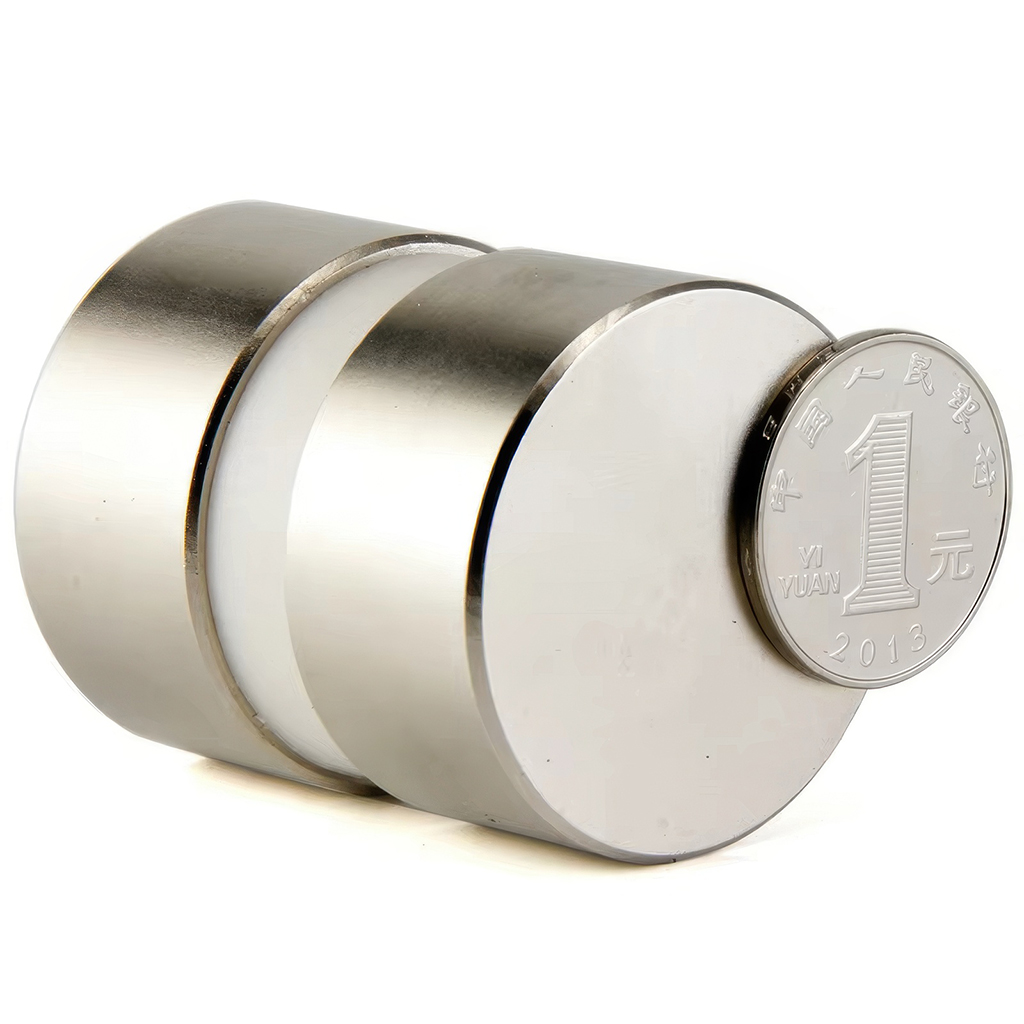Demystifying the Power of Neodymium Magnets: What makes them so Strong?
The Birth of a Magnetic Revolution
Neodymium (NdFeB) magnets have been a game-changer in various industries, from electric motors and generators to wind turbines and medical devices. Their incredible strength, magnetism, and versatility have made them an essential component in modern technology. But what exactly makes these magnets so powerful? In this article, we’ll demystify the power of neodymium magnets and explore the factors that set them apart from other types of magnets.
The Science Behind Neodymium Magnets
Neodymium, a rare-earth lanthanide, is the key to the extraordinary properties of NdFeB magnets. When combined with iron and boron, neodymium forms a strong, brittle, and highly magnetic material. The mystique surrounding neodymium magnets lies in their unique chemical composition, which allows them to exhibit extraordinary magnetic properties.
The Role of Neodymium in Magnetic Properties
Neodymium, with its unique atomic structure, plays a vital role in the magnetic properties of NdFeB magnets. The neodymium ion (Nd3+) is responsible for the magnetic moment, which is the property that allows a magnet to create a magnetic field. In the context of NdFeB magnets, the neodymium ion couples with the iron ion (Fe2+) to create a strong, unidirectional magnetic moment.
The Importance of Anisotropy
Anisotropy is another critical aspect of neodymium magnetism. Anisotropic materials have different properties when measured along different axes. In the case of NdFeB magnets, the anisotropy is crucial for their extraordinary magnetic behavior.
Understanding Magnetization and Demagnetization
Magnetization is the process by which a material becomes magnetized, or aligns its magnetic dipoles. Demagnetization, on the other hand, is the loss of magnetization. NdFeB magnets are designed to withstand demagnetization, which can be caused by factors such as heat, vibration, or exposure to external magnetic fields.
Key Features of Neodymium Magnets
| Property | Description |
|---|---|
| High Magnetic Strength | NdFeB magnets exhibit extremely high magnetic strength, often exceeding 1.4 Tesla (14,000 Gauss) |
| High Temperature Stability | They can withstand high temperatures, up to 200°C (392°F) without significant degradation |
| Low Operating Temperature | They can function effectively in temperatures as low as -200°C (-330°F) |
| High Corrosion Resistance | NdFeB magnets are resistant to corrosion and chemical reactions, making them suitable for use in harsh environments |
Applications of Neodymium Magnets
The versatility of neodymium magnets has led to their extensive use in various industries, including:
- Wind Turbines: NdFeB magnets are used in wind turbines to generate electricity, taking advantage of their high magnetic strength and stability.
- Medical Devices: They are used in medical devices, such as MRI machines, surgical instruments, and diagnostic equipment, due to their high magnetic strength and temperature stability.
- Electric Motors: NdFeB magnets are used in electric motors, including motors used in industrial equipment, automotive applications, and consumer products.
- Generators: They are used in generators, such as wind turbines, hydroelectric power plants, and backup power systems, to convert mechanical energy into electrical energy.
Frequently Asked Questions
- What is the chemical composition of NdFeB magnets?
Neodymium (Nd), iron (Fe), and boron (B) are the key components of NdFeB magnets. - Are neodymium magnets safe for use in medical applications?
Yes, due to their high magnetic strength and stability, neodymium magnets are suitable for use in medical devices and equipment. - Can neodymium magnets be used in extreme temperatures?
Yes, they can withstand high temperatures (up to 200°C) and low temperatures (as low as -200°C) without significant degradation. - Are neodymium magnets resistant to corrosion?
Yes, they are resistant to corrosion and chemical reactions, making them suitable for use in harsh environments. - Can I demagnetize neodymium magnets?
Yes, neodymium magnets can be demagnetized, but this can be prevented or minimized by proper handling and storage.
Conclusion
In conclusion, the power of neodymium magnets lies in their unique chemical composition, anisotropic properties, and exceptional magnetic behavior. Their high magnetic strength, temperature stability, and corrosion resistance make them an essential component in various industries. By understanding the science behind neodymium magnets, we can unlock their full potential and continue to harness their power to shape the future of technology.

